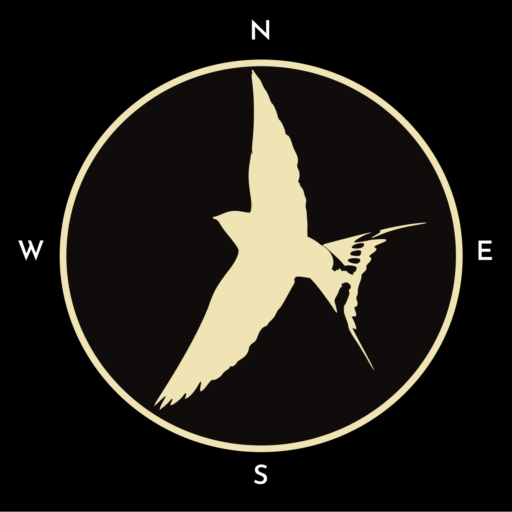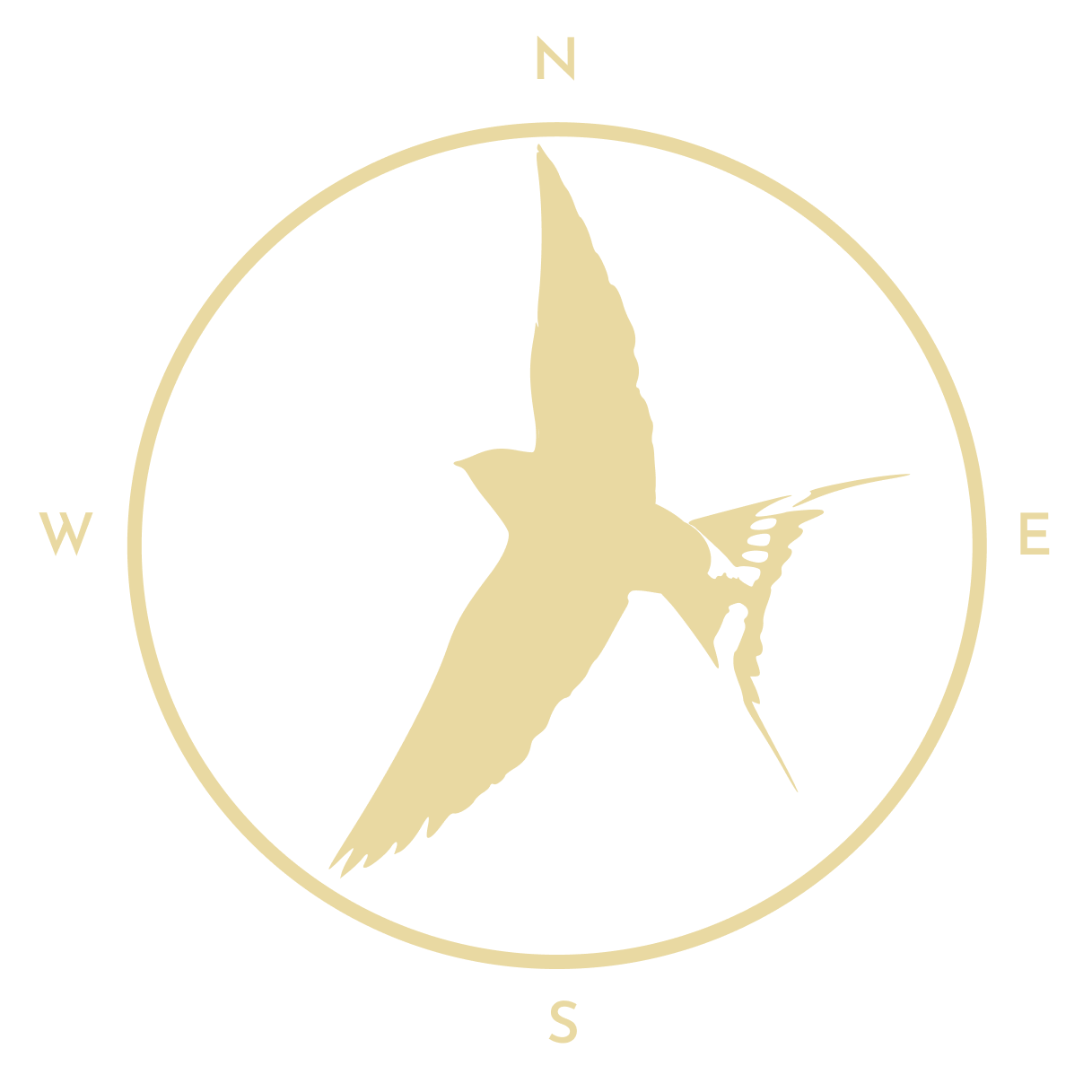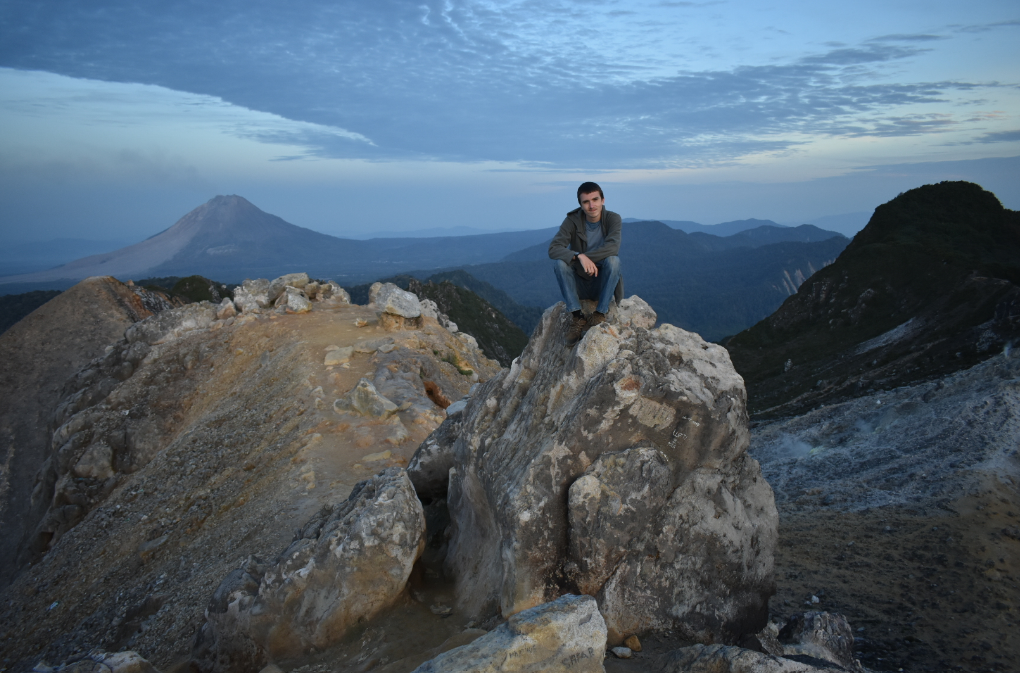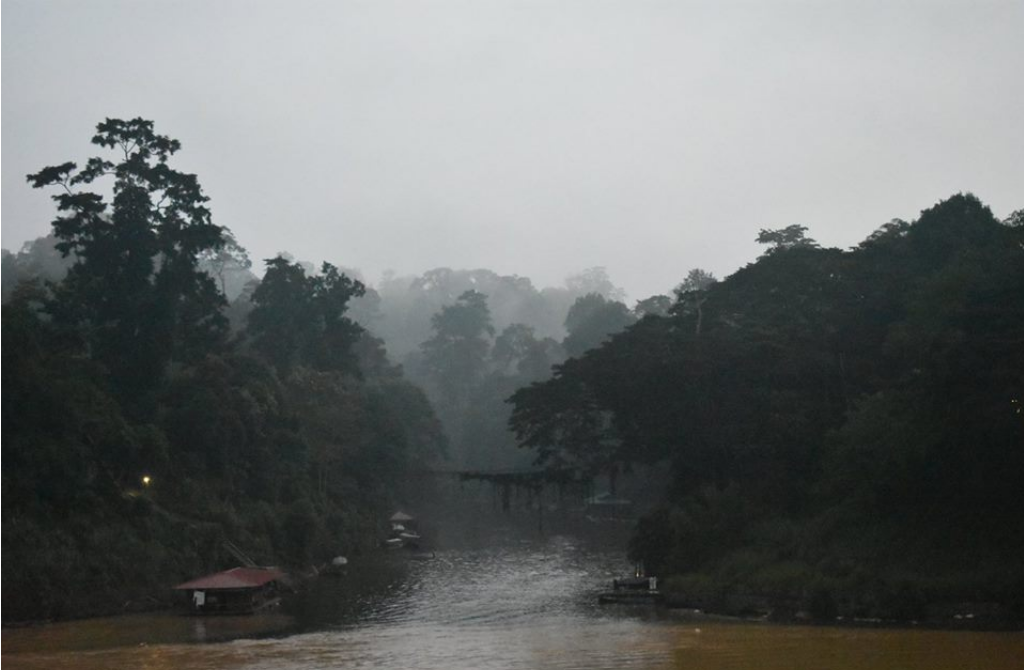

What and where is Taman Negara?
Taman Negara is Malaysia’s first national park and protects the world’s oldest rainforest, estimated to be 130 million years old – for reference, the dinosaurs died out roughly 65 million years ago. Located in central Malaysia, a few hours north of Kuala Lumpur, it’s a primaeval place to get your nature fix – towering trees choked with vines aside, here be flying lizards, flying lemurs, tapirs and ants the size of your thumb, to name just a few of its weird and wonderful inhabitants.
Most visitors access this rainforest through the riverside town of Kuala Tahan, a small community where tourism is their bread and butter. The south side of the river is where oil palm plantations and the town itself, as well as small patches of jungle, are located. Kuala Tahan is where you’ll likely be staying as it contains most of the guesthouses, eateries and agencies. Some of these are along the main strip where you’re dropped off the bus, whilst others are just off it. Floating restaurants line the bank of the river. Boats take you across in 30 seconds for 1 MYR to the park side, operating from 7.30-10 PM. Climbing the steps takes you to Mutiara Taman Negara Resort, the park’s only accommodation, and its headquarters where you’ll go to arrange permits. Around this resort, there’s a network of boardwalks and concrete paths which lead to the canopy walkway and Tahan hide. Beyond this, you can go to other hides and camps in the jungle by boat or on foot, some of which will require a guide to reach.
You might also like…
What animals can I see in Taman Negara?
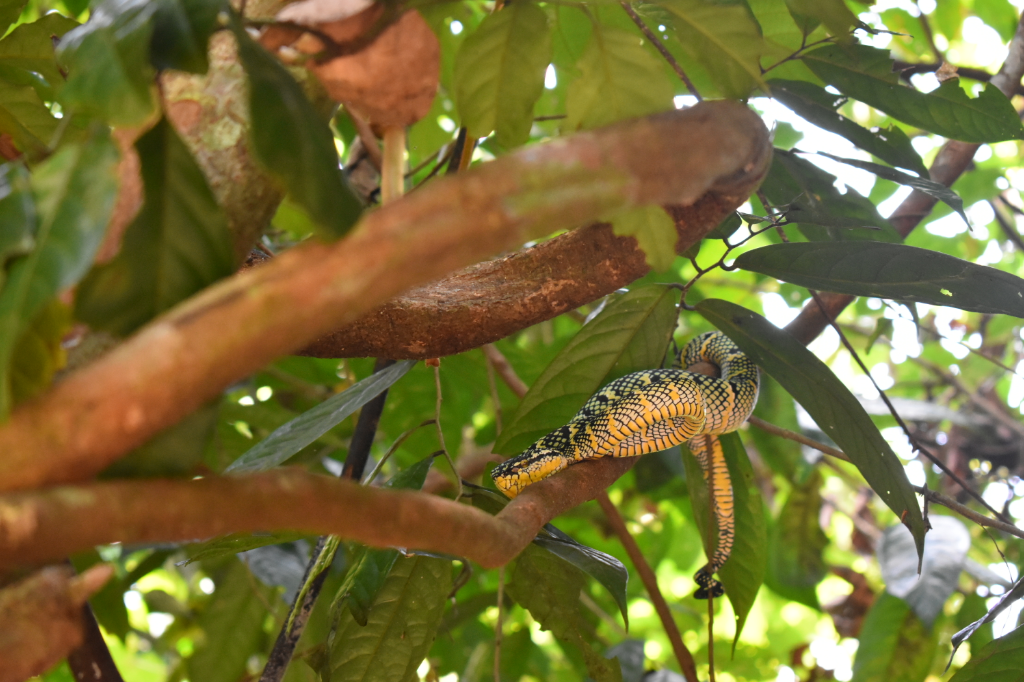

To my knowledge, Taman Negara is one of the best places in the world to see Malayan tapir. One tame individual often visited Mutiara Taman Negara’s lawns at night but unfortunately died in 2016, a famously hard year for celebrities. There is another tapir hotspot at Kumbang hide, a six-hour trek upriver, where you can spend the night – and indeed, you’ll need to in order to spot these nocturnal animals. Alternatively, you can take a one-hour boat ride to Kuala Terenggan (120 MYR for the whole boat), from where it’s a two-hour trek to the hide. It’s likely that you’ll have to hire the whole boat, though .
The night safaris (40 MYR) around Kuala Tahan’s palm oil plantations are your best chance of seeing leopard cat, thanks to the resident rats that both feed them and give farmers a reason to not shoot them. Other possibilities include flying squirrels, civets, slow loris and owls. Pretty much everyone and their dog offers a night safari, but I would highly recommend the one Tahan Makmur Travel and Tours offers. They are located on a corner across from a mini-mart and beside Teresek View Motel. Their safaris, like most, are done in trucks with benches but are not piled high with people, and drive through an area of small jungle trees rather than oil palm plantations like most. Also, their guide knows quite a few things about the animals.
The boardwalks around Mutiara offered some of the best birding I’ve done in Malaysia, with broadbills, leafbirds, pittas and peacock-pheasants in the area, along with flying lizards and vipers. Wandering around these is free, and tours (40 MYR) are terrible value considering the largeness of groups plus the inability to stop and listen. The canopy walkway costs 5 MYR, and can be a good site at the right time.
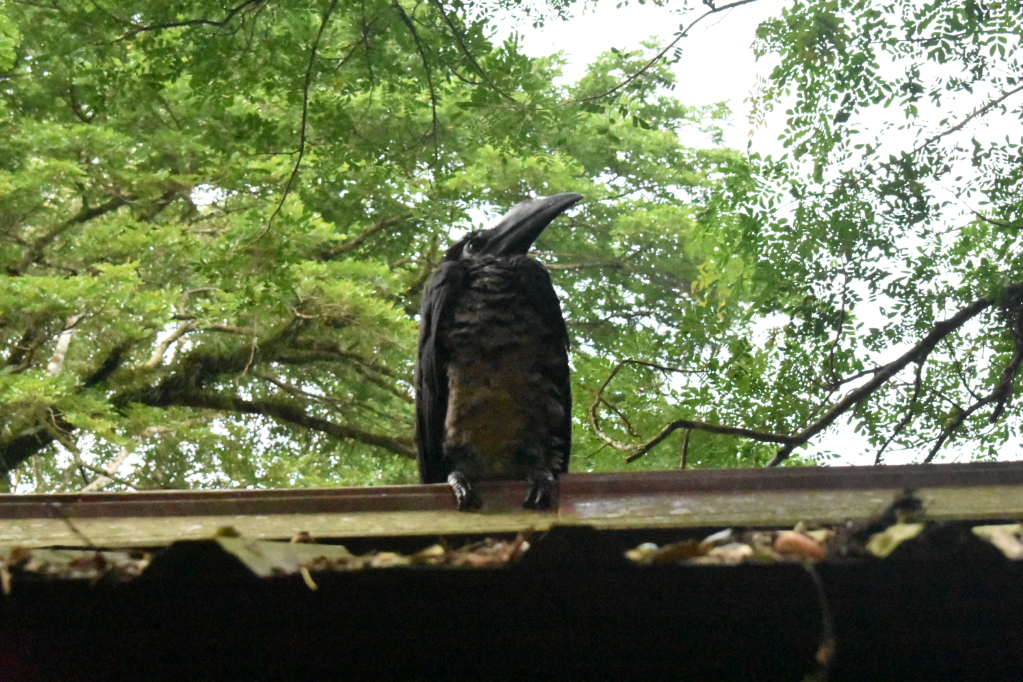

Wherever you’re staying, check its surroundings; Mutiara’s restaurant has a resident black hornbill, and I saw a sunda flying lemur at Danz Eco Resort when I went out to brush my teeth – spotting it scurrying up a tree, then gliding with its skin flaps illuminated by the lights below, was certainly one of those chance encounters you don’t forget any time soon after.
Taman Negara Accommodation
I’ll talk about Mutiara Resort real quick, since it’s where you might want to stay if you must be in the park at first light. Privileged location aside, staff were somewhat melancholy when I visited and the accommodation seemed somewhat overpriced and worn out, which some Tripadvisor reviewers can confirm.
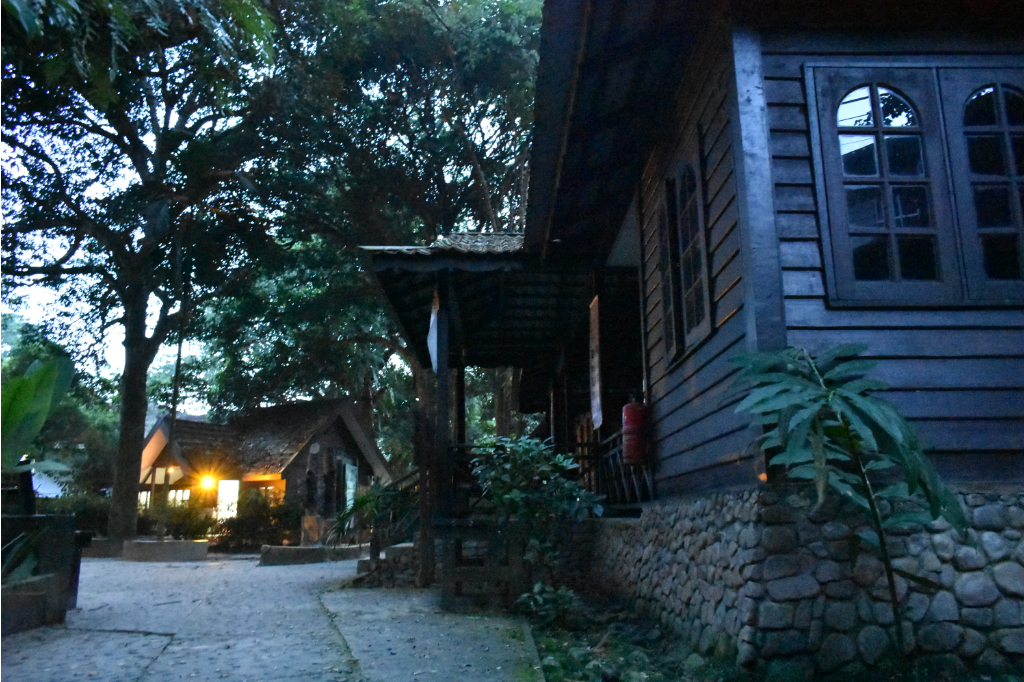

Mahseer Chalet was where I stayed my first two nights. The dorm, 20 MYR, is air-conditioned and has no hot water but if one takes a shower during the day, some of it will have been warmed up anyway. The staff are some of the friendliest I have met in Malaysia, a group of ladies who multi-task between running this place and taking care of their kids, who often mill about on the lawn. Other good guesthouses I tried that were full include Yellow Guesthouse and Julie’s Guesthouse.
On the last night, I stayed at Danz Eco Resort, whose capsules (180 MYR) are a brilliant option. They’re more expensive than places in town though not bad value, given that meals and hot drinks are included. The capsules include power sockets, AC and a green outside to give it a modern yet naturalistic feel. They also have a large campsite, and travellers I met there spoke well of the tents the morning after they’d spent the night in them. The dining area is a great place to socialise with other people, and I met quite a few with a keen interest in nature. They’re located a ways outside Kuala Tahan, but have a free truck shuttle service between them and their circular office, at the top of the hill south of the river. Because of the seclusion and surroundings, they’re a good halfway house between the cheap yet tourist-towny KT and the (somewhat) wild yet wildly expensive Mutiara.
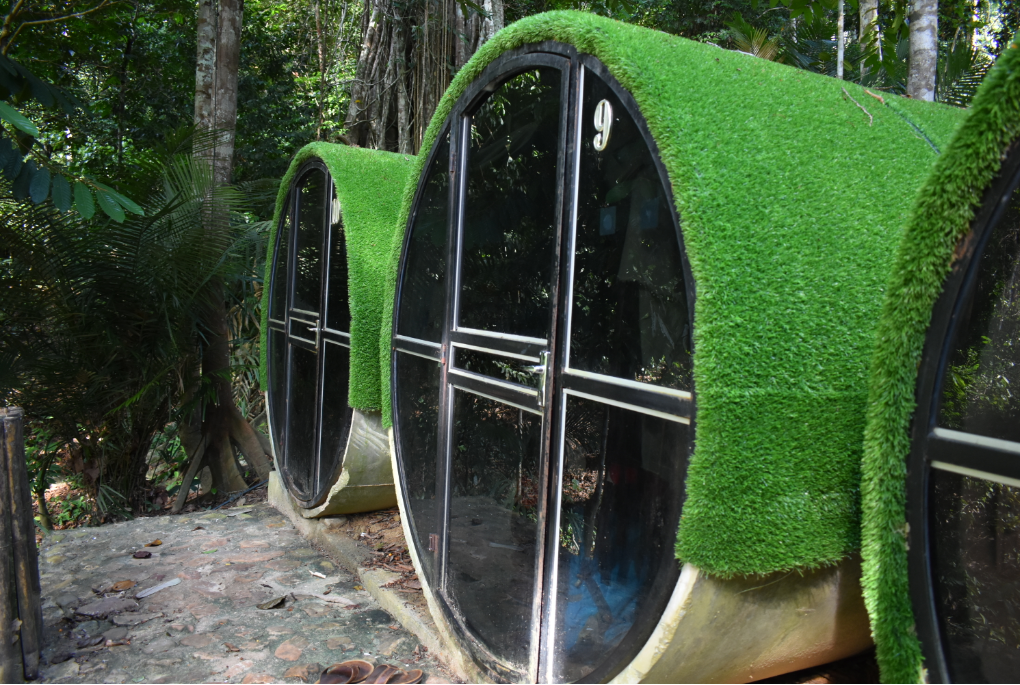

Lastly, for a proper jungle experience, you can sleep in one of the hides for 5 MYR, wooden houses built on stilts overlooking clearings. You’ll have to bring any mats, blankets, food or spotlights as the only thing you’ll find there is a few wooden bunk bed frames and a toilet with no running water. Well, I’ve not confirmed that per se, but the mess was enough of a clue. You can visit these yourself after arranging permits at the HQ, or do so through a guided trek which may also involve sleeping in a cave, surrounded by bat excrement.
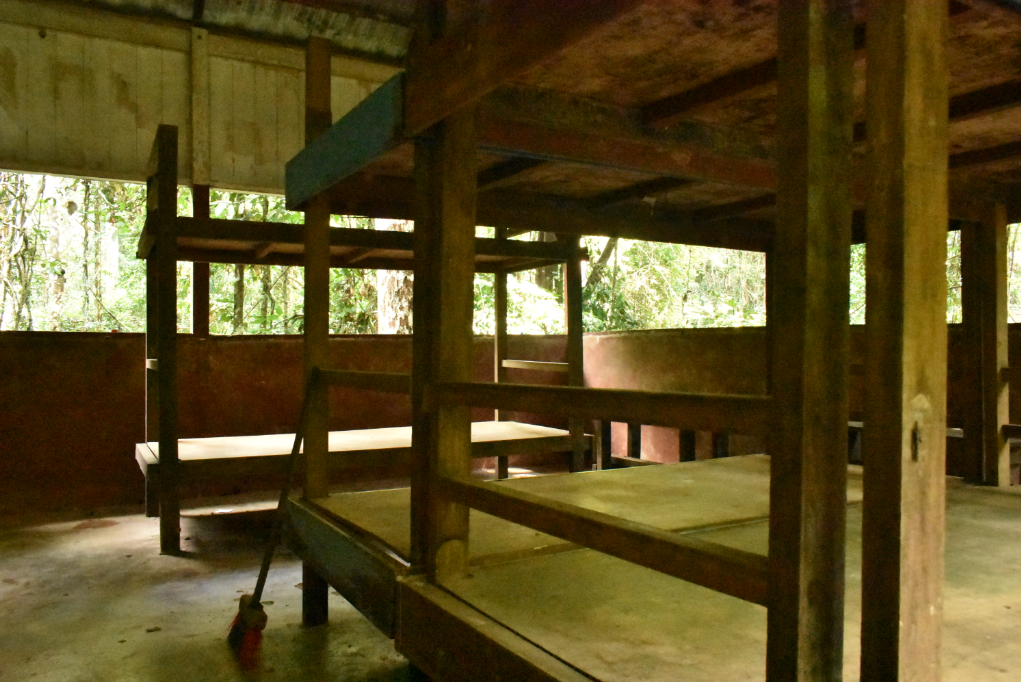

Kumbang Hide is a good place to spot animals (see tapirs) but at the current moment is somewhere I’d recommend going on a tour to. Tabing Hide is located one hour’s walk from Kuala Tahan, so is a much better option for “just experiencing the jungle” and if you’re prone to forgetting something. You’ll hear the buzz of boat engines by day but at night it becomes more serene. It doesn’t seem to be great for wildlife, but I managed to see a deer here and a bat landing on the stick right in front of a lookout point.
Where to eat
Since this is a budget travel guide, avoid the floating restaurants. Their novelty will wear off quickly but the taste of the food for what you paid will take longer to. Even in the eateries along the bus strip, I was disappointed by the scran at times, but staff were always nicer. The flat noodle soup at the largest place on the western corner of the strip was probably the best meal I had in town. The bowl cost me 5 MYR and a coffee 2, and then I would go to one of the mini-marts for some snacks (an orange and a pack of cookies cost me 1.3 and 5 MYR respectively).
How to get to Taman Negara
The first step to arriving here from anywhere is to get to Jerantut. Most people reach it from KL, so to do this get to Titiwangsa LRT station and from the nearby bus terminal it will cost 18 MYR to Jerantut. At both ends there are places nearby to grab a meal, and on the return journey we stopped at a couple of roadside stands for lunch. Next, there are three options. The first is a very old bus with brown leather seats and a wooden floor, which is 7 MYR and takes about two hours. The second is a minibus that the touts offer on arrival for double the price that will leave at a more convenient time. Then again, they did offer me advice for where to get the old bus so calling them “touts” is a little harsh.
The third option is the very touristy one. You first get a minibus to the middle of nowhere, a town called Kuala Tembeling, for about 10 MYR. Next, you take a motorboat with several rows of odd seating (mats on the floor and a backrest) and luggage is piled on the front – this can be precarious if there are many people onboard. The boat ride takes 3 hours and costs 45 MYR, and gives you your first view of the jungle after the miles of oil palms you bussed through. You won’t see much wildlife apart from the usual monkeys and lots of pacific swallows, so it’s not exactly a free safari, though nature can be full of surprises. For example, I saw a jungle-fowl, a wild rooster, on this trip.
What other activities can I do?
Jungle trekking is the most popular activity here, with groups going out to sleep in hides or caves. Check the details and the reviews. These can be as short as one night or as long as seven, depending on how far in you go, and you’ll generally have to carry your gear which can weigh you down. You will sweat a lot, so drink plenty of water, but don’t worry too much about smelling like a durian; guesthouses are plenty used to greeting travellers whose next port of call is the shower.
I’ve not heard great things about rapid shooting, canoeing with splashing the other boat, and visits to Orang Asli settlements, which are apparently as fake as human zoos can get.
What’s a good itinerary for Taman Negara?
-Stay in Danz’s tents, not opting for full-board.
-Use their shuttle service for free rides into town and eat at the local places on the main strip.
-Go on the night safari through Tahan Makmur.
-Wander around the paths near Mutiara.
-Go on a jungle trek which includes a stay in Kumbang Hide.
-Take the old bus between KT and Jerantut.

